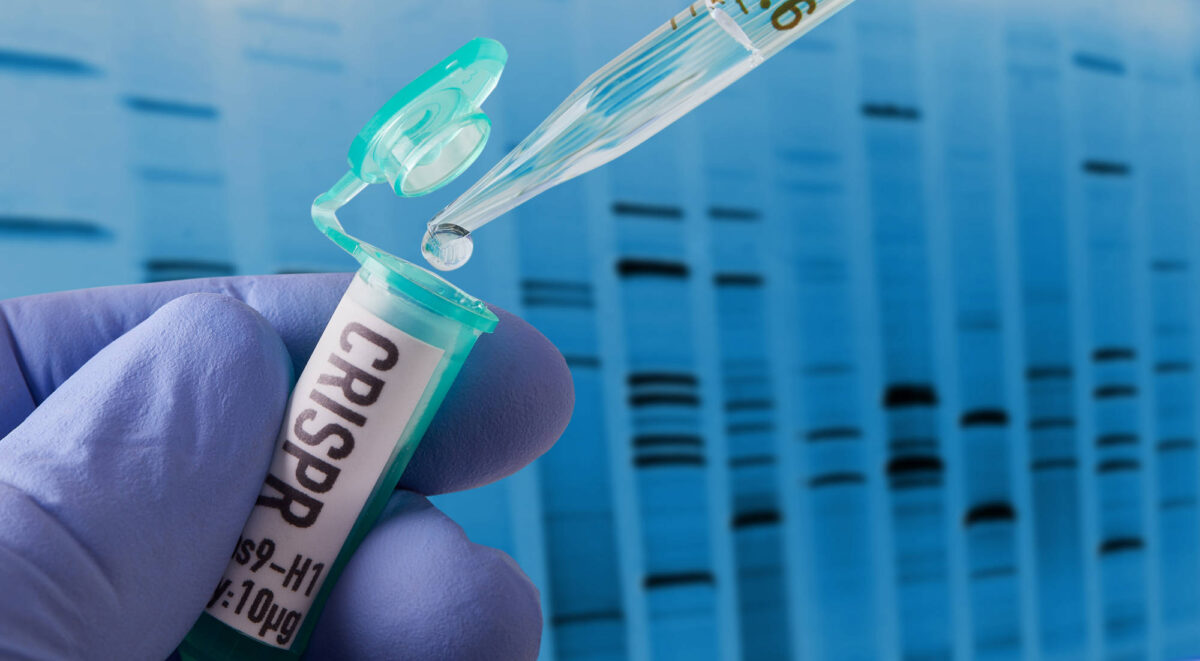CRISPR-based COVID-19 Testing: Mechanism and Potential

The first recorded outbreak of SARS-CoV-2 (also known as COVID-19) was recorded in Wuhan, China in January of 2020.[1] Since this initial detection, the virus has spread rapidly, resulting in a global death toll of over two million.[2] One of the biggest challenges in the fight against viral transmission has been lack of adequate testing for detection of shedding virus. Not only have testing kits been in short supply, but most commonly-used testing methods take over 24 hours to give results, therefore delaying and undermining the effectiveness of quarantine measures. Efforts to address these challenges have been ongoing since the start of the pandemic. In particular, novel CRISPR technology has been recognized as having immense potential for COVID testing, given both the availability of different CRISPR-Cas enzymes and their widespread research applications.
One of the first papers to suggest a COVID testing method using CRISPR was published in July of 2020 in Nature Biotechnology by authors Broughton et al. The authors discussed a CRISPR-Cas12 mediated COVID-19 detection assay known as “DETECTR.”[3]
First, Broughton et al. designed primers targeting the envelope and nucleoprotein genes of the COVID-19 virus. They then designed Cas12 guide RNAs with sequences complimentary to three different SARS-like coronaviruses. Synthetic, in vitro SARS-CoV-2 RNA gene targets were transcribed in nuclease-free water and used to experimentally represent viral RNA. It was found that the modified CRIPSR-Cas12 was able to distinguish COVID-19 from other strains of SARS-like coronaviruses. The DETECTR assay visualized Cas-12 cleavage activity using a FAM-biotin reporter molecule and lateral flow strip; the detection of Cas-12 activity lead to a generation of a signal at the test line, thus indicating a positive result.
The author’s findings were significant for several reasons. First, the DETECTR assay only required 30-40 minutes to return results; moreover, the visual signal via lateral flow was detectable within five minutes. Their method therefore showed a significant improvement over the wait times of other standard COVID-19 tests. Moreover, the authors report that extracted viral RNA from nasopharyngeal or oropharyngeal swabs was sufficient for detection, methods which are easy to self-perform and relatively painless. Finally, the DETECTR assay had a 95 percent positive detection rate and a 100 percent negative detection rate, making it highly efficacious and accurate as other widely-used COVID-19 detection methods.
Given these reported findings, the CRISPR-Cas12 mediated DETECTR assay shows significant promise for both detection and prevention of the spread of COVID-19. However, given the relatively novel use of CRISPR as a detection mechanism, it may take some time for these methods to gain official approval from the Food and Drug Administration for widespread use. For now, RT-PCR methods remain the most prominent for COVID-19 detection.
References
[1] Wang, C., Horby, P. W., Hayden, F. G., & Gao, G. F. (2020). A novel coronavirus outbreak of global health concern. Lancet, 395(10223), 470–473. doi:10.1016/S0140-6736(20)30185-9
[2] Johns Hopkins. (2021). Johns Hopkins Coronavirus Research Center. Retrieved from https://coronavirus.jhu.edu/
[3] Broughton, J. P., Deng, X., Yu, G., Fasching, C. L., Servellita, V., Singh, J., Miao, X., Streithorst, J. A., Granados, A., Sotomayor-Gonzalez, A., Zorn, K., Gopez, A., Hsu, E., Gu, W., Miller, S., Pan, C. Y., Guevara, H., Wadford, D. A., Chen, J. S., & Chiu, C. Y. (2020). CRISPR-Cas12-based detection of SARS-CoV-2. Nature Biotechnology, 38(7), 870–874. doi:10.1038/s41587-020-0513-4
